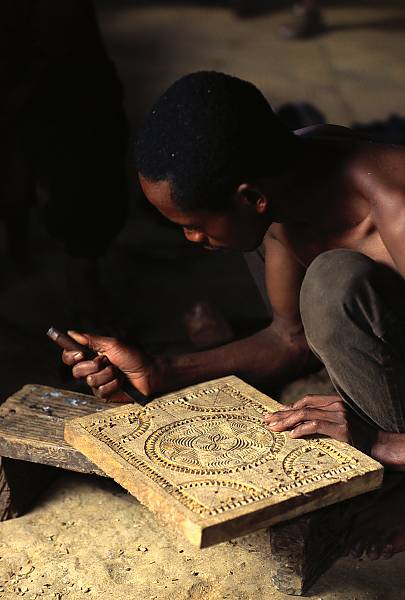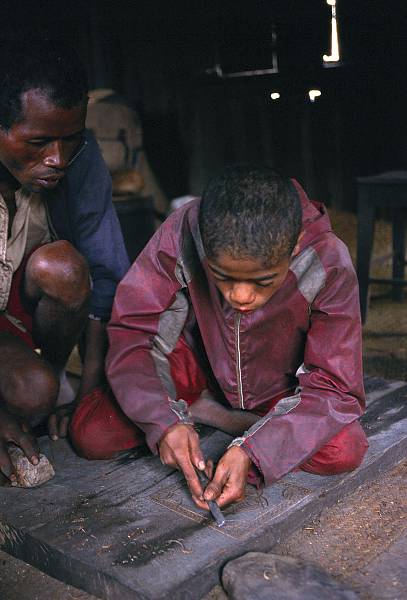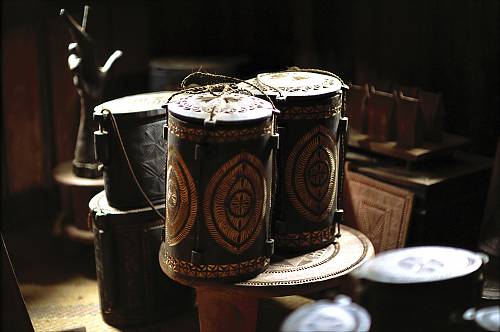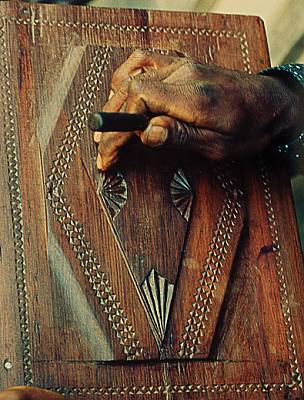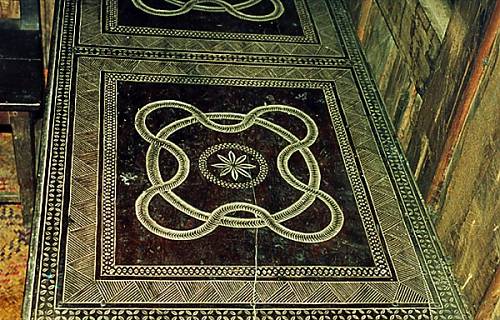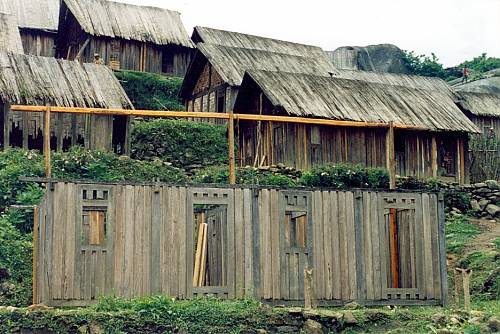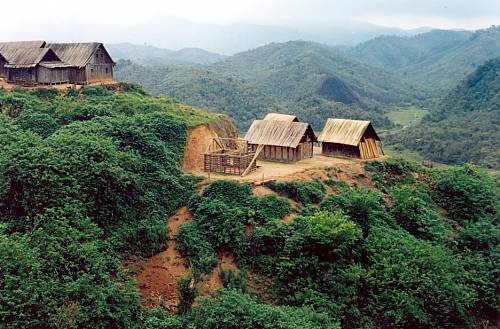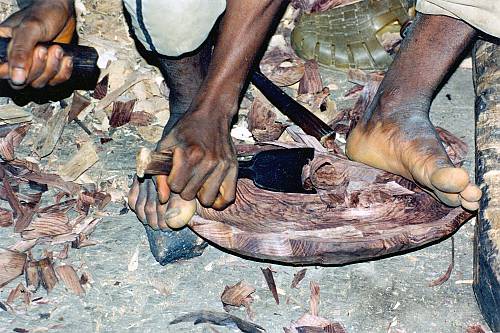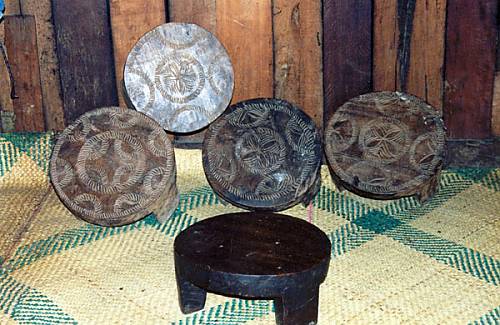Woodcrafting knowledge of the Zafimaniry
Inscribed in 2008 (3.COM) on the Representative List of the Intangible Cultural Heritage of Humanity (originally proclaimed in 2003)
The Zafimaniry community is the sole remaining repository of a unique woodcraft culture previously widespread on the island. In the eighteenth century, the Zafimaniry settled in the remote wooded region of south-east Madagascar, seeking refuge from the deforestation that was ravaging much of Madagascar at that time. Today, approximately 25,000 Zafimaniry live in some one hundred villages and hamlets scattered in the highlands of this region.
For generations, Zafimaniry foresters, carpenters and craftworkers have developed a body of practical knowledge and skills revolving around wood. This craft tradition bears witness to the central role of this material in all aspects of life and death. Zafimaniry proficiency in forestry and wood sculpting can be seen in constructions and everyday objects. Practically all wooden surfaces – walls, window frames, posts, beams, stools, chests, tools – display elaborate ornamentation. The Zafimaniry use twenty different endemic species of tree, each adapted to a specific type of construction or decorative function. Houses and tombs are assembled entirely with traditional mortise and tenon joints, without the use of nails, hinges or other metal hardware. The traditional granaries, perched on round piles, are a distinctive feature of the mountain landscape. The geometric patterns are highly codified and reflect not only the community’s austronesian origins but also the Arab influences in Malagasy culture. Although the number of motifs is limited, the creativity of the craftworkers means that no two pieces are identical. These motifs carry rich symbolic significance related to Zafimaniry beliefs and values. For example, the tanamparoratra (spider’s web) symbolizes family ties, while the papintantely (honeycomb) represents community life. The ornamentation also informs about roles and social standing within the community.
For several decades, the Zafimaniry have sold statuettes, decorative pieces and everyday objects in nearby towns to ensure their survival. However, this fragile community risks becoming relegated to the role of mere suppliers of handicrafts to the tourist industry. Moreover, the process of deforestation threatens the Zafimaniry’s principal source of income.

